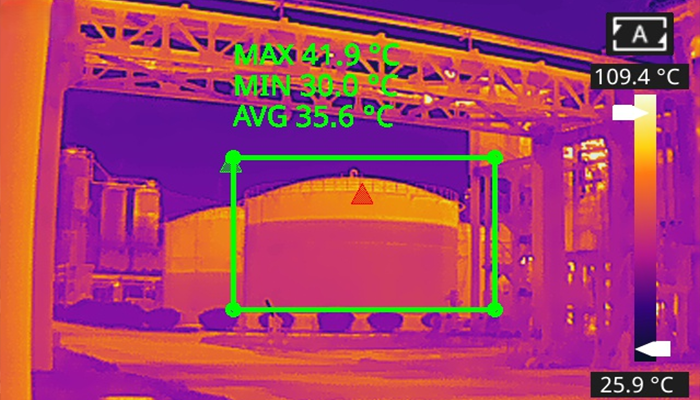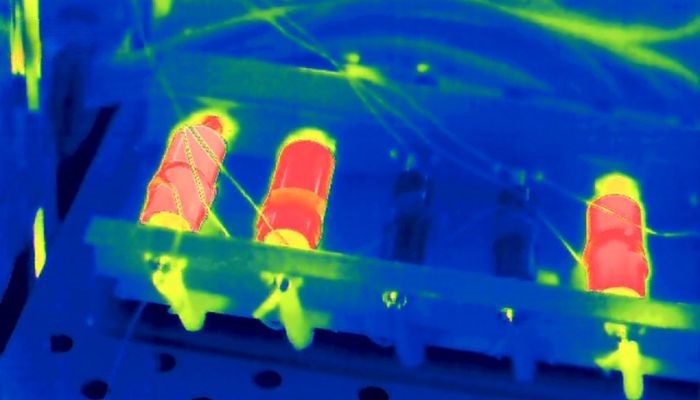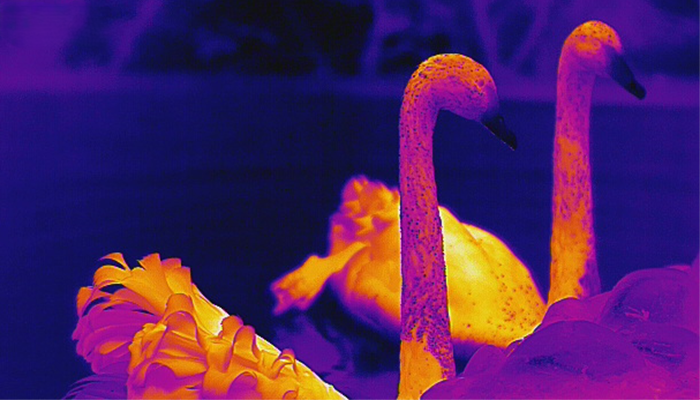In the world of photography and imaging technology, the choice between a thermal camera and a regular camera can be as critical as the decision between a high-speed chase and a leisurely stroll. Each has its own unique set of capabilities and applications. In this article, we'll explore the top differences between these two types of cameras, helping you make an informed decision for your specific needs.
What is a Regular Camera?
A regular camera, also known as a visible light camera, captures images by recording the light that enters through the lens. It's composed of a lens, an aperture, a shutter, and a sensor. Regular cameras come in various forms, including DSLRs, mirrorless, and point-and-shoot models. They are widely used for general photography, videography, and even scientific applications where color and detail are paramount.
What is a Thermal Camera?
A thermal camera, or thermographic camera, operates differently. It detects heat signatures, rather than visible light, and creates images based on the temperature differences of objects. This infrared thermal imaging technology is invaluable in applications such as building inspections, electrical maintenance, medical diagnostics, and even wildlife observation where seeing in the dark or through obscuring materials is necessary.

Top Differences Between Thermal and Regular Cameras
Image Capture: Regular cameras rely on visible light, capturing colors and details as seen by the human eye. Thermal cameras, on the other hand, use infrared technology to detect heat and display it as a color-coded image, showing temperature variations rather than color.
Use Cases: Regular cameras are ideal for photography, journalism, and any scenario where visual aesthetics are crucial. Thermal cameras excel in situations requiring the detection of heat leaks, electrical faults, or monitoring of wildlife at night.
Cost: Generally, regular cameras are more affordable, with a wide range of prices to suit different budgets. Thermal cameras tend to be more expensive due to their specialized technology.
Resolution and Detail: Regular cameras offer high-resolution images with fine details, suitable for producing high-quality prints and digital displays. Thermal cameras prioritize temperature data over visual detail, providing less visual resolution but critical thermal information.
Environmental Factors: Regular cameras perform best in well-lit conditions, though some models have excellent low-light capabilities. Thermal cameras are not affected by lighting conditions and can operate effectively in total darkness.
User Interface and Ease of Use: Regular cameras often have user-friendly interfaces, with manual and automatic settings for various photography needs. Thermal cameras may have a steeper learning curve due to their specialized functions and the interpretation of thermal data.

Advantages of Thermal Cameras
Non-visibility of Subjects: Thermal cameras provide a level of privacy as they do not require subjects to be visible to the naked eye.
Heat Detection: They can detect overheating in electrical systems or insulation issues in buildings, making them invaluable for preventive maintenance.
Medical Imaging: In medical applications, thermal cameras can help in diagnosing conditions by identifying temperature anomalies in the body.
Advantages of Regular Cameras
High-Resolution Photography: They capture stunning images with incredible detail and color accuracy.
Versatility: Regular cameras are suitable for a wide range of applications, from portraits to landscapes.
They offer extensive manual controls, allowing photographers to manipulate settings for creative effects.

When to Choose a Thermal Camera
Thermal cameras are the go-to choice when you need to see in the dark, detect temperature variations, or when visual details are less important than thermal data. They are essential in industries such as construction, electrical work, and certain medical fields.
When to Choose a Regular Camera
Choose a regular camera when you require high-quality visual imagery, color accuracy, and detailed resolution. Whether it's for professional photography, capturing memories, or creating content for social media, a regular camera will meet your needs.

Future of Camera Technology
The future of camera technology holds exciting prospects. We can expect advancements in sensor technology, AI integration for improved image processing, and perhaps even a convergence of thermal and regular camera technologies, offering hybrid capabilities.
Understanding the differences between thermal and regular cameras is key to selecting the right tool for the job. While regular cameras offer high-resolution visual imagery, thermal cameras provide a unique perspective by detecting heat signatures. Both have their place in the vast landscape of imaging technology.